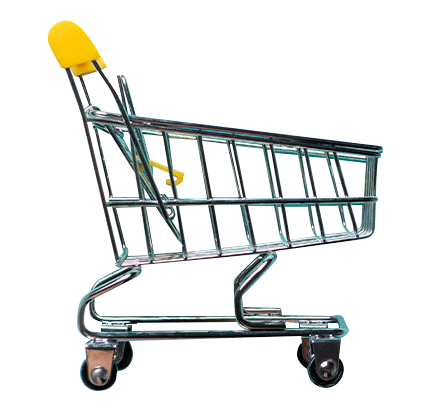How to Determine the Right Price
Retail pricing strategy is part art, part science. If products are priced too low, you may get a ton of sales– but you might find them to be at very little profit. Price items too high, and customers may have a hard time determining the value for the cost. As you are figuring out the right price, focus on your profitability, mind your margins, and determine what speaks to the customer. Keep this as your focus.
When determining pricing, work with product vendors and manufacturers and request their opinions for suggested retail pricing (SRP). These prices are usually determined based on sales data, as well as researching customer emotive elements with regards to pricing sensitivity. For example, ending in “.99” versus a flat cost evokes a different sense of worth for a product in the customers mind (“value”). Getting these numbers from your vendors provides you a baseline, helps to standardize pricing for items, and helps remove you from the sometimes tough decision-making process of determining product price.
As you further hone your pricing, here are some important definitions and points to ponder:
- Mark Up vs. Margin: Understand the difference! Markup typically determines how much money is being made on a specific item relative to its direct costs. Gross/profit margin takes into consideration the profit as it relates to the sales.
- MarkUp is the amount by which the cost of a product is increased in order to derive the selling price.
- MarkUp % = ((Selling Price – Cost) / Cost ) X 100
-
- MarkUp % = ((Selling Price – Cost) / Cost ) X 100
- Gross Margin or Gross Profit ratio represents the gross profit/margin amount as a percentage of sales. Knowing this often helps as you analyze your P&L.
- Gross Margin = ((Selling Price – Cost) / Selling Price) x 100
- Knowing the difference between these two metrics helps you set goals, and ultimately, how to set your pricing. Check your margins and markups often to be sure you’re getting the most out of your strategic pricing.
- MarkUp is the amount by which the cost of a product is increased in order to derive the selling price.
- Keystone Pricing – A quick and easy rule of thumb, this is simply a standard 100% markup applied to a product (providing a 50% margin). Retailers may use this as a baseline for pricing strategy. However, using this solely often mis-prices your item too high or too low. Further consider item competitiveness, inventory turnover, shipping/handling costs, and item uniqueness when determining price.
- Value-Based Pricing – This method prices your items based on the perceived value your customers place on a product. If you offer unique or highly valuable features or services to your customers, you are in a better position to leverage this strategy than companies with commodity products/services. Think luxury goods, fashion stores, convenience locations, or name-brand items– all of which command higher prices based on consumers’ perceptions of how a brand might affect their image or make them feel.
- Pricing Multiples – Consider setting prices for product bundles or multiple quantities of an item (ie, mix and match, 2 for $5, etc.). This can lead to a higher perceived value for an item, while driving larger volume purchases.
- Discount Pricing – This is great for generating foot traffic or getting rid of older inventory in your store. However, be mindful that if you employ this too often, your store could be perceived as a “bargain retailer,” which might make it more difficult for you to get customers to pay regular prices down the road.
- Loss-Leaders – Another traffic builder: Using a loss-leader strategy typically generates sales of other items in your store. Loss-leaders are great to merchandise in the back of your store. Customers have to travel through your aisles, potentially increasing the chance of them making additional purchases while they seek the bargain that they originally came in for.
- Psychological Pricing – It’s all about perceived value. Would you rather buy an item for $3.00 or $2.99? Our brains are irrational when it comes to pricing, and automatically perceive the $2.99 pricepoint as a bargain or a steal. Consider how your prices strengthen or hurt the brand perception/sales velocity of what you’re trying to sell.
- Competitive Pricing – Use competitor pricing data to price your items below or above your competition. Pricing below can lure customers into your store with cheaper prices, but you may be forced to accept lower margins and work to sustain your business on those lower levels. Price above, and you can brand yourself as a more premium store/shopping experience– but run the risk that your market will not support premium prices. This strategy will require you to assess your customer demographic and consider how readily available your store’s items are in the marketplace.
One last note– and probably the most important one with regards to pricing: Be sure to have the price of your items located somewhere on your items, or on the display that they are housed in. In other words, physically price your items! If your customers don’t know how much an item costs, all the work you put into figuring out that price was a wasted effort. 🙂



